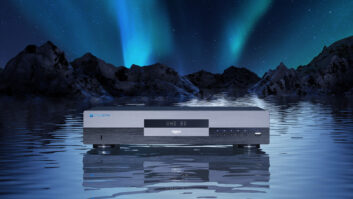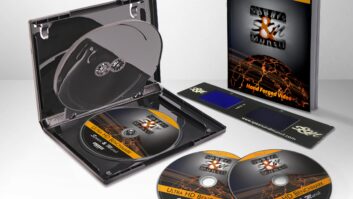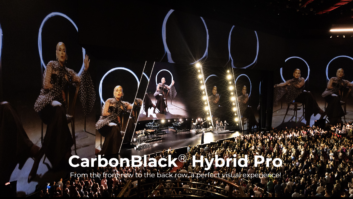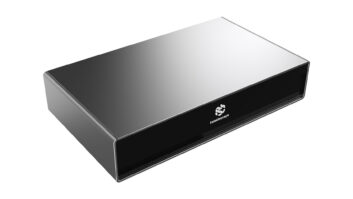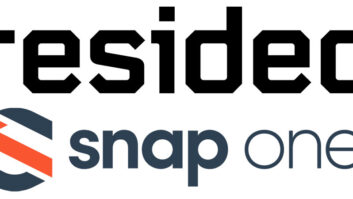The recent news of Toshiba and HD DVDs breakup set bloggers wild and splashed the term high-definition all over the headlines. So it is great timing that the fledgling HD VMD (Versatile Multilayer Disc) made some key announcements this month. Though it is one of the few red-laser solutions available and a relative newcomer in the optical high-definition playback format category, Kevin Miller, leading industry consultant and ISFTV president, describes HD VMD format as a serious challenger to Blu-ray and HD DVD.
Consumers need more acronyms and flash-in-the-pan technologies like they need a punch in the head, but something about HD VMD sparked my interest. To learn more about the new multilayer format, I met with the London-based New Medium Enterprises (NME), the brains and brawn behind the disc. NME director and CT Dr. Eugene Levich says the technology company has introduced the player in U.S., Europe, India, and Australia to meet the growing demand for an affordable 1080p playback solution with real staying power. It has discovered a revolutionary way, Levich asserts, to add more than two layers of information on the disc through a proprietary 2p process of bonding layers with high yield. Its a serious bit transfer rate as well. So, what’s the bottom line? Its high-definition and high-performance with a low price tag. The ML622 player and the ML777 player are now available starting at $199 MSRP via PCRush.com and NMEStore.com.
Video is encoded in MPEG-2 and VC-1 formats at a maximum bitrate of 40 Megabits per second. (This falls between the bitrates of HD DVD (36 Mbps) and Blu-ray (48 Mbps). The initial capacity is 30GB per disc side.
Dr. Levich, a noted scientist, is confident that his team of engineers have created a compelling alternative to blue-laser HD DVD and Blu-ray disc formats that is cost-effective and easy to assemble for mass production. According to NME, less than five percent of U.S. households and less than three percent of Western European households currently have a next-generation HD player. This number is expected to grow to 36 percent in the U.S. by 2011.
Though NME believes it’s cracked open a new opportunity for cost-effective, commercial HD disc production, it still has an uphill battle ahead. There are about only about a hundred U.S. titles available now for the HD VMD, including many from Icon Productions. Apocolypto, The Queen, Mi Vie en Rose, and Babel are among the best known A-List films. No major studios in the U.S. have linked up with NME yet, but it does have the backing of one indie production company and leading Bollywood production companies such as the Eros Group. (Eros intends to release 50 features on the format this year.) The line up of HD VMD will be competitively priced with existing DVDs, going forward. It also has a few technology partners like Netstal, Planet Optical Disc, and Scanavo.
The HD VMD format supports up to 7.1-channel Dolby Digital, Dolby Digital Plus, and DTS audio output, though it will not offer Dolby TrueHD or DTS-HD Master Audio surround sound codecs.
NME Chairman of the Board Michael Solomom could be another key to the HD VMD success story. Solomon co-founded Telepictures and helped it become the largest television production and distribution company in the world. He later served as president of Warner Bros. International Television.
Of all industry consultants, Kevin Millers support of HD VMD carries a lot of weight with me. He is a charter member of the Imaging Science Foundation (ISF), which sets the standards for video reproduction, and he is a custom install pioneer. He is so genuinely enthusiastic about the new multilayer format that he has joined NME as a consultant. HD VMD allows access to HD content at a significantly lower cost than the existing competitive formats, he explained.
